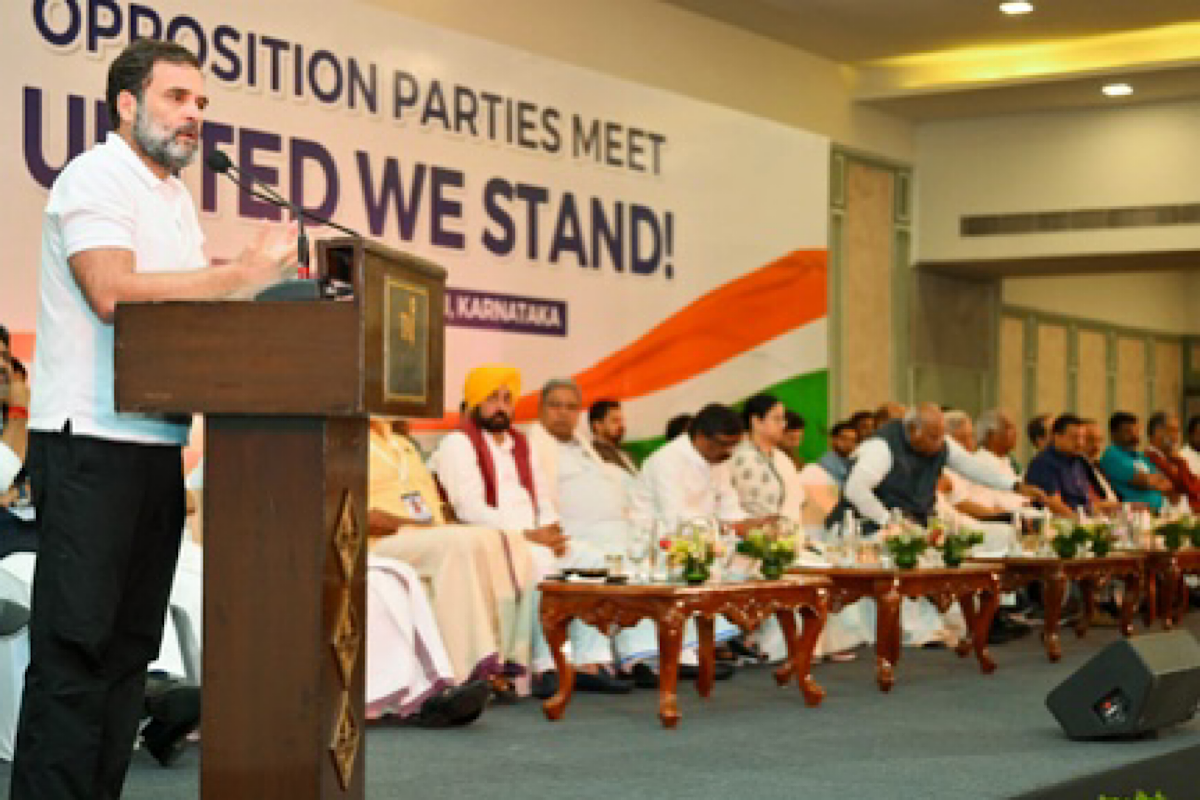A storm is brewing in Indian politics and the epicentre is the recently united INDIA bloc. The suspension of 141 Opposition MPs has acted as a catalyst, knitting together a disparate alliance that was entangled in the cacophony of the recent state elections. However, as the INDIA bloc leaders gathered in New Delhi on Tuesday, the echoes of unity were met with the daunting realisation that arithmetic alone may not be their magic wand. That arithmetic hinges on an attempt to consolidate anti-BJP votes. While the unity of opposition parties may seem a promising start, the alliance faces the first mathematical problem ~ the intricacies of vote splits.
The alliance hopes to prevent the fragmentation of anti-BJP votes. Yet, a closer look at recent and past state elections reveals the complexity of this challenge. Maharashtra witnessed NDA victories in the 2019 Lok Sabha polls due to a split between the UPA and Prakash Ambedkar’s Vanchit Bahujan Aghadi, a non-INDIA bloc entity. Even in states where alliances were formed, such as Jharkhand, the BJP emerged victorious. The arithmetical advantage, primarily from the entry of Shiv Sena in Maharashtra and Janata Dal (United) in Bihar, may not be the panacea the INDIA bloc hopes for. This brings us to the second maths problem ~ the formidable vote share of the BJP. In 2019, the NDA’s vote share was a robust 45 per cent, with the BJP alone commanding nearly 38 per cent.
Advertisement
Such a dominant position in India’s multi-party system presents a substantial challenge for opponents. The INDIA bloc’s reference to the 2004 elections, where the UPA managed to defeat the NDA, is met with scepticism. The INDIA bloc, for victory, must envisage a scenario where the BJP’s vote share undergoes a drastic fall akin to historical instances in 1977 and 1989. In 1977, Indira Gandhi faced a massive 9.2 percentage point swing against the Congress, coupled with the unification of the Janata Party. Similarly, in 1989, a negative swing of 7.3 percentage points ousted Rajiv Gandhi from power. The INDIA bloc, however, faces challenges in replicating these historical precedents.
The required drastic fall in the BJP’s vote share is predicated on two key trends ~ a mass movement against the regime involving its base and a rebellion within the ruling party. While the Modi regime has encountered various movements, they have often remained confined to specific demographics and have not significantly impacted the BJP’s core base. Moreover, there is no discernible internal rebellion within BJP ranks, a crucial factor in historical defeats. As the INDIA bloc leaders discuss seat sharing and other pertinent issues, the path to victory becomes clearer and yet more elusive.
The alliance must transcend mere arithmetic, fostering a nationwide mass movement around issues such as jobs and livelihoods to induce the seismic shift needed to challenge the BJP’s dominance. This political action will have to take place on streets, not in conference rooms.









